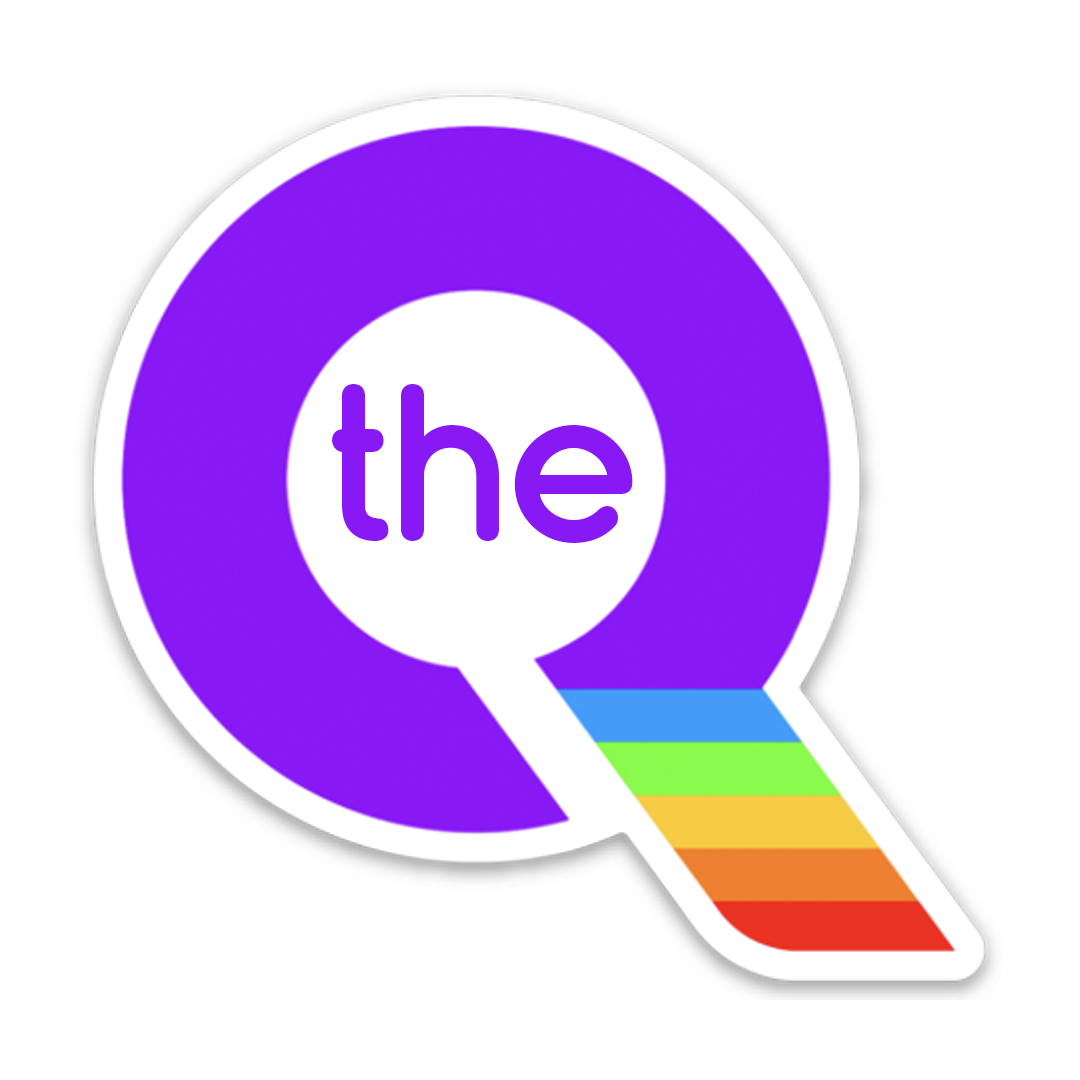![iStock-1030095550 [Converted]](https://i0.wp.com/curatedbyq.com/wp-content/uploads/2021/10/Qurated-Web-Banner-Geo-Rainbow-history.jpg?resize=1080%2C197&ssl=1)
It started with music…
LGBTQ artists have historically hidden their sexuality for fear of nonacceptance from industry and fear of potentially sabotaging their careers. Queer artists have been regularly told not to come out, that the damage would be irreparable, and that they are unmarketable. But today, more and more, artists are entering into their fields as their true authentic selves, even though being an “out” artist could mean they are ignored, passed over, or met with negativity or hostility.
In 2018, the Qreview LGBTQ Music Project was created and set out on a mission: to find the music of the global LGBTQ community. As a music fan and lover my whole life, I always wished I had grown up with music heroes I could identify with. Being an alternative rock fan, even today that could be a tall ask. When I first started my search, the usual genres were where I initially had the most success. Pop and dance music have always been a safety zone for queer artists to gravitate towards. But like every person, regardless of sexuality or gender expression, we are all different. We all like different things. I couldn’t allow myself to believe that Rap or country music did not have a significant number of artists. There had to be more queer metal artists other than “Metal God” Rob Halford (Judas Priest). And so, the search began.
Along the way I didn’t find just “some” artists. I found, and continue to find, thousands of artists. Not hiding in closets, but also not being given an accessible opportunity to be heard. Pop artists, country artists, hip hop, EDM, alternative rock, singer/songwriters, there is no genre without queer artists. And being a logical person, I never thought for a moment that there weren’t queer artists of each genre. I just wasn’t aware of exactly how extensive the various genres are populated. And how neglected they were as a community of artists.
For every heralded coming “out” story in popular music, there are hundreds of artists that were never “in”. But we have only been introduced to a select few. The general person may be able to name enough queer artists to count on one hand. What’s worse is that the general LGBT population can’t count much further. The real tragedy I found during my search was, our own queer community don’t know who our artists are. We’re much more likely to champion an Ariana Grande or Taylor Swift than a Siena Liggins, or Gregory Dillon. You’re asking yourself “who?”, and therein lies the issue.
As a community it’s vital for us to know and champion our artists. Understanding fully that no artist wants to be known more for their sexuality than their music, knowing who our artists are is still an important part of our community identity and pride. It’s equally important to show our youth visibility, and that queer artists exist that they can relate to, see themselves in and see queer identities in spaces that show them that they too can achieve success. Queer youth need to know their dreams are achievable. Similarly they also need heroes to carry them through difficult times and inspire them.
Since its beginning, Qreview has served as a voice and a space for the independent LGBTQ artist, and a champion of their artistic creativity. Q is and has been a platform to be heard and seen, a place they can share their stories and reach larger audiences. As an outlet committed to education, we also recognize the importance of representation and visibility of LGBTQ artists, especially for LGBTQ youth. And as the only outlet of its kind, the Q creates opportunities for the advancement and appreciation of LGBTQ music of all genres across the globe to be experienced, discovered and enjoyed.
But it doesn’t end with music. The same challenges reflected in one industry can be seen across the arts and media world. Now is the time we as a community must work together to ensure our art, writing, platforms and programs are known by our community and the world.
And so, Qreview has become simply the Q. A new home for music, performance, art, podcasts, radio, video and more. A home where artists and creatives can engage and support one another. And where the global LGBTQ community can find the creatives of their community and share their work.
It started with music. But there is so much more work to be done.
